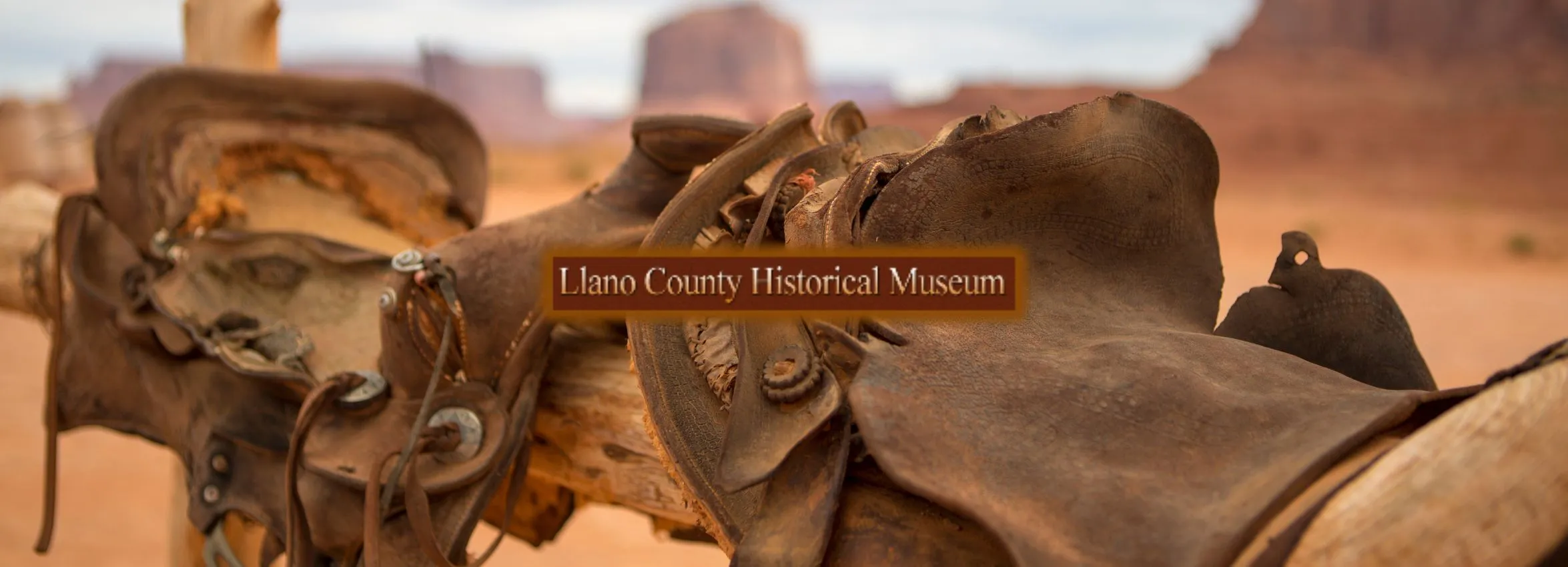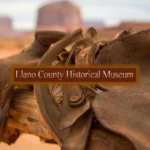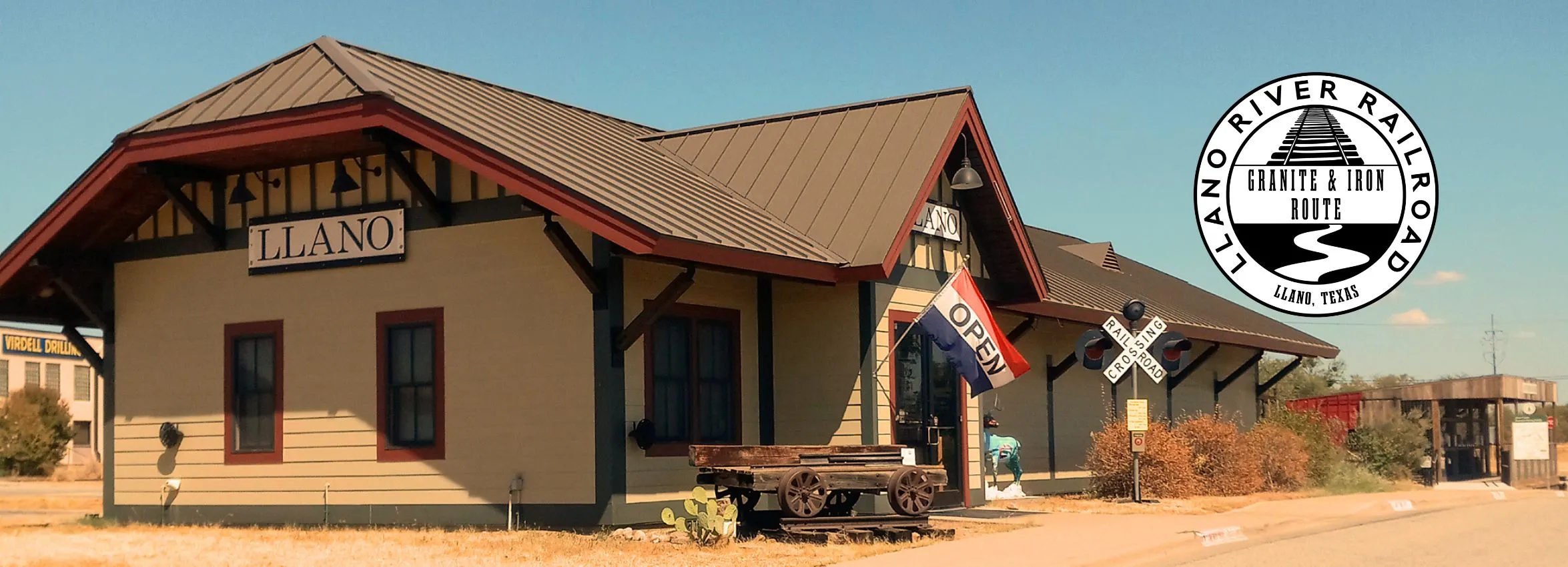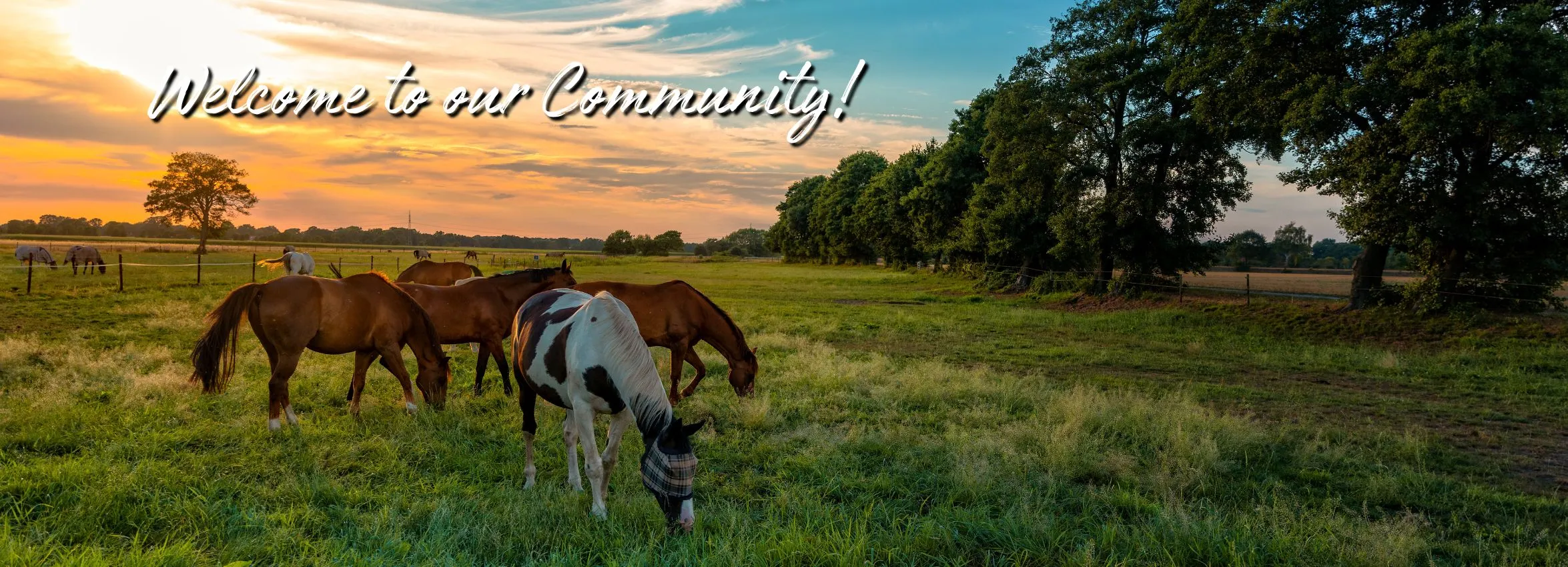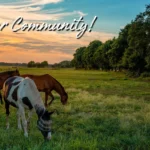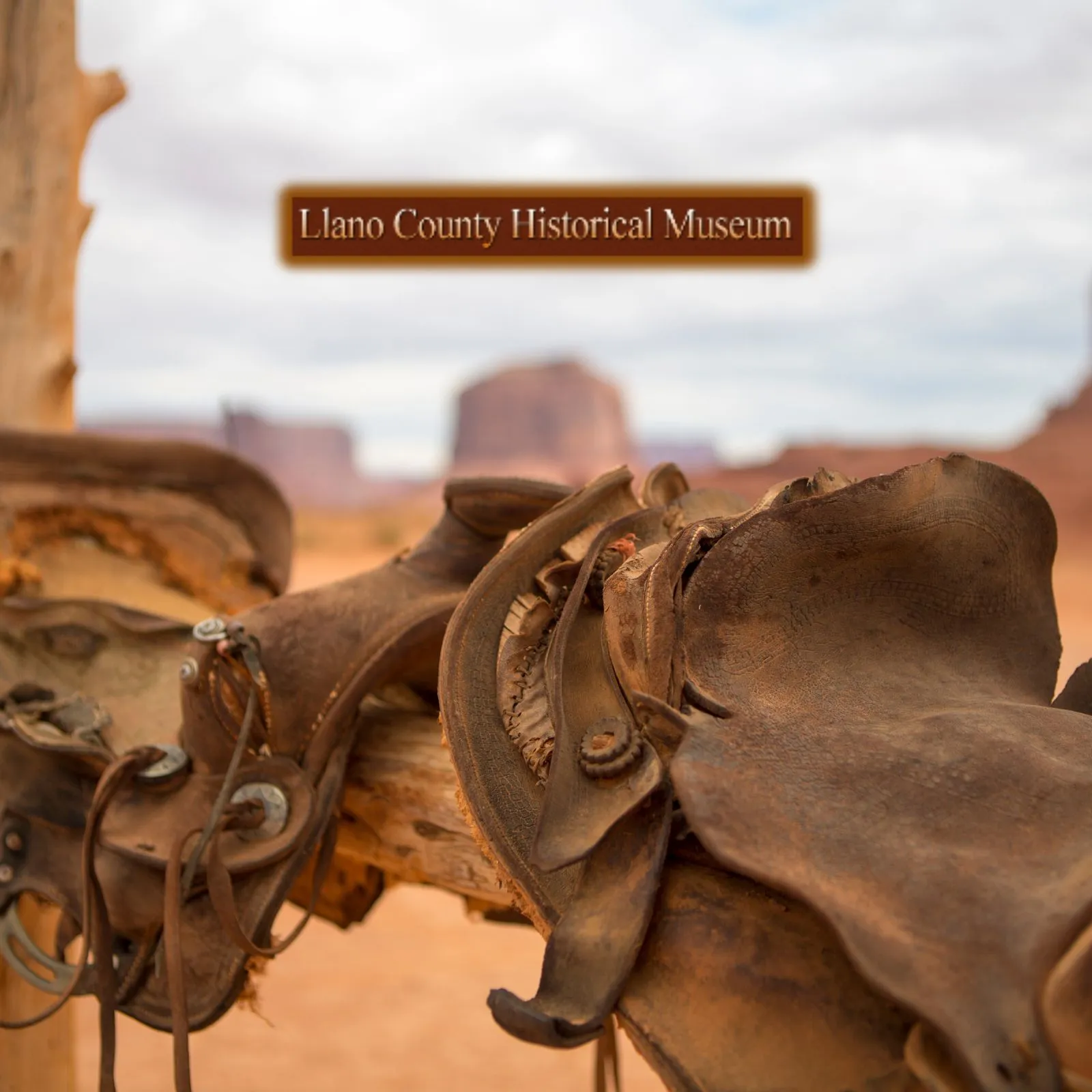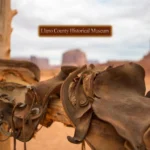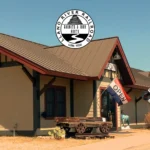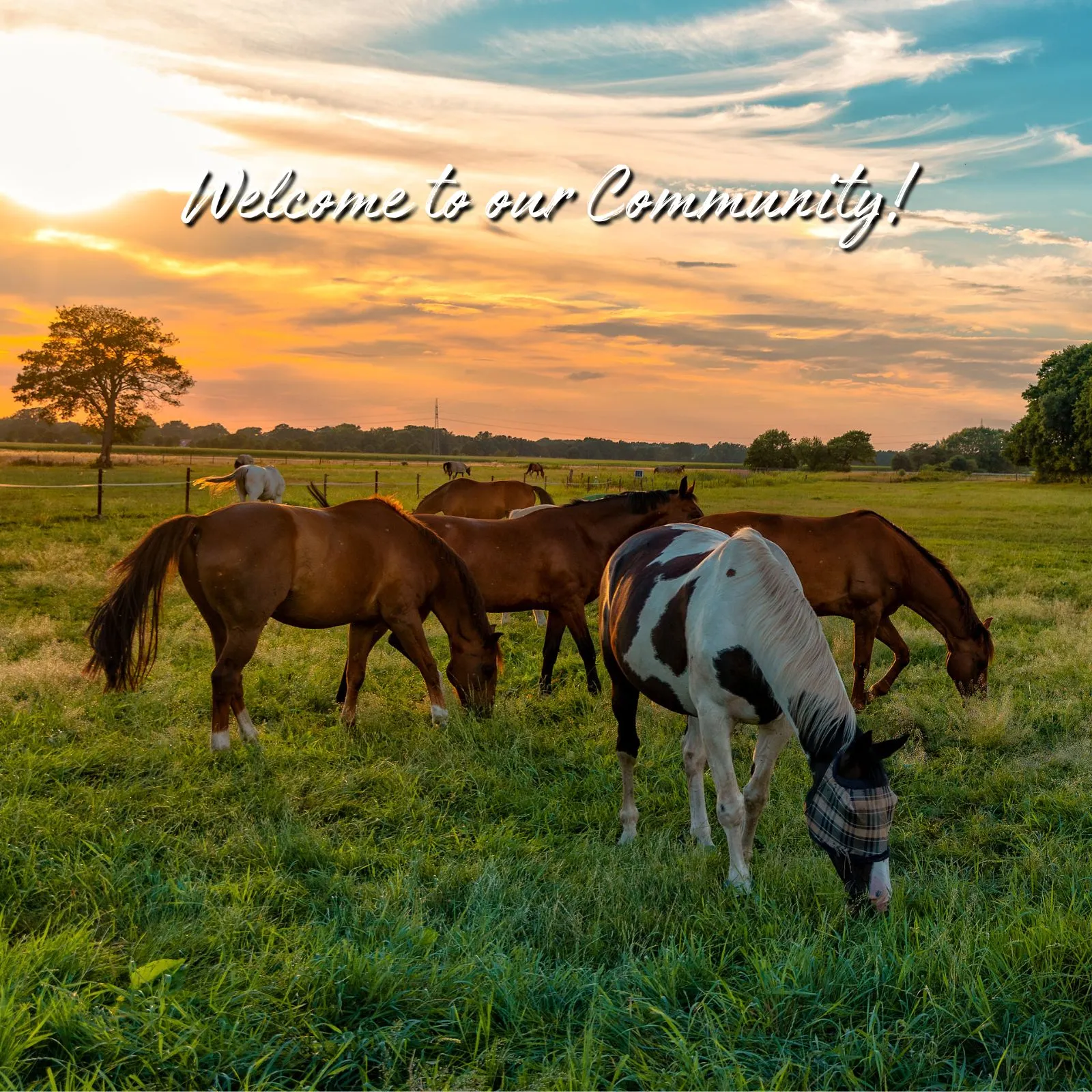The Rich Tapestry of Llano, Texas: A Historical Overview
Nestled in the heart of the Texas Hill Country, Llano, Texas boasts a rich history that mirrors the dynamic story of the Lone Star State itself. From its early days as a frontier town to its current status as a charming and vibrant community.
The Early Days: Native American Roots and European Settlement
The first European to explore the area was probably Spanish, but it was not until the mid-19th century that German and American settlers began establishing a permanent presence, drawn by the promise of land and opportunity.
Establishment of the Town: The 1850s Onward
The town served as a trading post and a community center for farmers and ranchers in the region. By the 1870s, with the threat from Native American tribes largely diminished due to forced relocations, Llano experienced a surge in population and economic growth.
The Boom Years: Mining and Cattle
The 1880s brought a mining boom to Llano, with iron, granite, and precious stones. Simultaneously, cattle ranching grew significantly, benefiting from the vast open ranges and the growing demand for beef in other parts of the country.
Llano Today: A Community Rich in Heritage and Culture
The town boasts numerous historical sites, including the Red Top Jail, which offers insights into the frontier justice system, and the Llano County Courthouse, a stunning example of Second Empire architecture.
Cultural Impact: Festivals and Traditions
Llano celebrates its heritage with various annual festivals such as the Llano Earth Art Fest (LEAF), which draws visitors from across the nation. These events not only commemorate Llano’s past but also help to maintain a vibrant community spirit and local economy.
Architectural Heritage
Walking through Llano, one can see the layers of history reflected in its architecture—from Victorian homes to rustic ranches and modern establishments. This blend of the old and new encapsulates the town’s evolution and the pride of its residents in preserving their rich past while looking towards the future.
Conclusion
The history of Llano, Texas, is a vivid narrative of struggle, resilience, and community. From its early days as a frontier settlement to its current status as a beloved Hill Country destination, Llano has retained its historical charm while continuously adapting to meet the future. It stands today not only as a testament to Texas’ colorful past but also as a beacon of its cultural and historical wealth.
